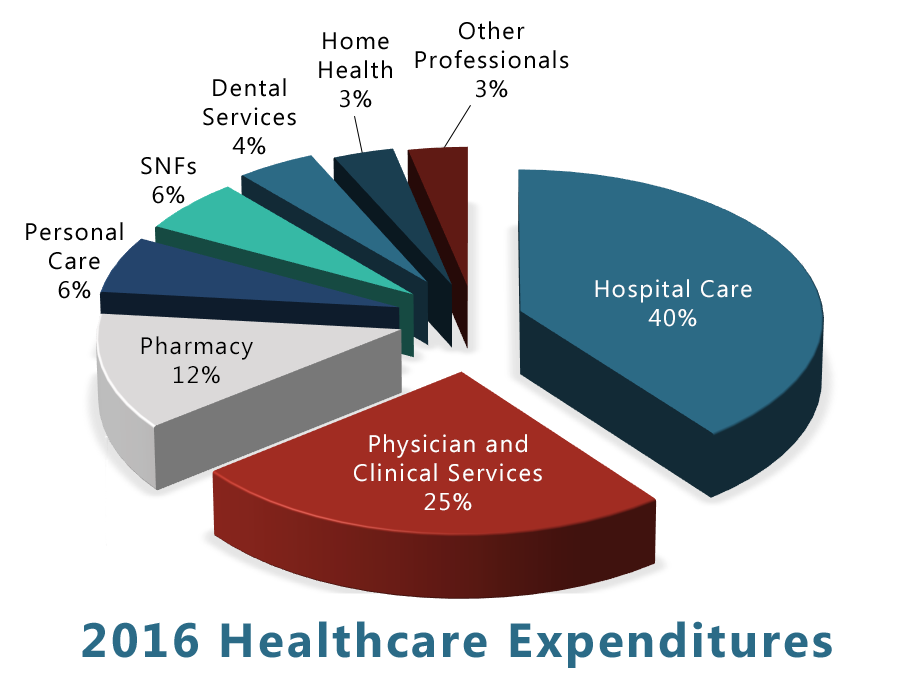 Claims data is being utilized by many healthcare organizations to support strategic initiatives and is often leveraged to develop revenue and market share growth goals. At a more granular level, physician network growth objectives should also be leveraging this level of data. Identifying key performance metrics, developing baseline measures, and reviewing metric progress regularly should be common practice within your physician network to help prevent referral leakage.
Claims data is being utilized by many healthcare organizations to support strategic initiatives and is often leveraged to develop revenue and market share growth goals. At a more granular level, physician network growth objectives should also be leveraging this level of data. Identifying key performance metrics, developing baseline measures, and reviewing metric progress regularly should be common practice within your physician network to help prevent referral leakage.
Data in this area is overwhelming for many organizations as 25% of all healthcare expenditures in 2016 were from physician clinical services. Knowing where to start with such a large database is often difficult. Prioritization of information that is most relevant to support current strategic initiatives is critical to successfully using claims data and not getting lost in the details.
Below are five strategic metrics we often partner with clients to consistently track and measure to grow physician network volumes and revenue:
| 1 |
Network Integrity What percent of unique patient volume stays within your physician network? You may be quite surprised at the number of patients that interact with your medical staff providers but don’t continue to utilize additional services within your facilities. This metric is a must for your organization. |
| 2 |
Service Line and Specialist Leakage What percent of unique patient volume that interacts with your specialists receives future services from competitor acute care facilities? Your specialists should be the highest utilizers of your inpatient and outpatient locations. Do you know what volume of patients you may be losing to local and regional competition that your organization can provide? |
| 3 |
Individual Physician Capture Rates What percent of unique patient volume remains within your health system for each physician that interacts with your facility? Physicians on your medical staff or in the community may not be utilizing your services as frequently as you perceive. Understanding current metrics can allow your team to have conversations with individual physicians, identify barriers to facility usage, improve processes for physician’s utilization, and ultimately measure progress over time. |
| 4 |
Primary Care to Specialist Leakage What percent of unique patient volume from your employed, or medical staff, primary care providers is shared with your employed, or medical staff, specialty providers? Leakage occurring from primary care to specialist can be detrimental to your health system and should be addressed immediately. Many barriers to primary care providers utilizing specialists within the network are operational in nature and can be overcome. |
| 5 |
Health System “Share of Care” What percent of volume from patients that interact with your health system is remaining within the system? This last metric takes a completely different perspective from the previous four and doesn’t measure how physicians are interacting with your facilities but focuses on how patients are interacting with your facilities. This measure may be more difficult to manage long-term but understanding how patients interact with your services will be critical as healthcare continues to transition to a pay-for-performance world. |
Physician network growth doesn’t always have to be external and require recruitment or employment of additional physicians. There is most likely significant opportunity for incremental volume capture from physicians currently on your medical staff or practicing in the community. Utilizing claims data appropriately can help your organization sort through the noise, prioritize strategic objectives, and begin growing your physician network.
If you feel your physician network is underperforming due to these metrics, contact us.
 FIVE REFERRAL LEAKAGE METRICS YOUR NETWORK SHOULD TRACK.pdf |
Download a PDF of this article to share with your team |

